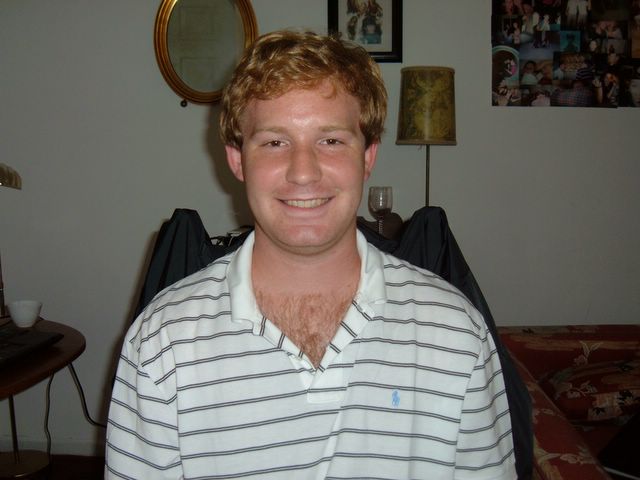Besh Bar Mak
Welcome to the 1st of many culture posts about Kyrgyzstan...
I felt without a doubt the best place to start with regards to Kyrgyz culture would have to be food. They love food here, not only as a means of nourishment, but also as entertainment, socializing, expressions of gratitude, respect, and of course celebration. However, just any food is not acceptable, and Kyrgyz cuisine is actually quite limited, but all the dishes have one thing in common – meat. And more often than not, the meat is sheep. That is to say mutton, not the young lamb we enjoy in the West. And they eat just about every part of the sheep – intestines, head, eyeballs and all. I don’t know I can convey how much these people love mutton. If they could, they would kill a sheep every day and eat it for breakfast lunch and dinner. In reality, I would say 85% of my meals here contain some form of mutton. However, different ways to prepare mutton is not the topic of this post (although anyone needing recipes feel free to contact me because I have plenty) and so I will just talk about the Kyrgyz national meal, which is Besh Bar Mak.
The dish means literally “five fingers” in Kyrgyz and is so named because you eat it with your hands. Technically, the meat in Besh Bar Mak doesn’t have to be sheep, but I have yet to see or even hear of anything different. For any big holiday, most birthday parties, and generally any other decent reason to eat Besh Bar Mak is good enough for the Kyrgyz to kill a sheep. I’ve witnessed several sheep slaughterings as some of you may have seen from my pictures. I may provide a step by step instructional on how to go kill, clean, and prepare a sheep later.
Preparation
So after the sheep is slaughtered, the women of the house take all the entrails in a big wash basin to clean and prepare, while the men carve up the meat. Then, all the parts are boiled in a big, outdoor, fire heated wok-like thing called a Kazan.
Presentation
All medium sized to large Kyrgyz parties have the same presentation. All guests sit on the floor (men Indian style and women on their bottoms with both legs to one side kind of crossed) along all the walls of the room so that a square is formed with everyone facing each other. The seating of all guests is also quite precise and can sometimes be rather tricky. First, either the head woman of the house or sometimes a younger daughter or sister of the house sits at the end of the corner closest to the door where she pours and refills all cups of tea, which everyone drinks instead of water. Secondly, the oldest person at the party always sits in the honorable seat, which is farthest from the door. Then the people sit in decreasing order of importance all the way back to the women pouring tea. However, at most of the parties I’ve been to I sit right next to the oldest person because although I am young, I am also usually the guest of honor (me being a rich American and all). So the order is tricky because sometimes the important people are not the oldest and so forth. Also, usually the women sit on one side of the square and men on the other but that is not always enforced.
So finally the Besh Bar Bak is brought out, after sufficient tea, bread, and salad have been eaten. Usually about three or four big plates are prepared. Each plate is filled with raman noodles, which they call keseme. On top are five or six huge pieces of mutton, which are distributed again according to importance. However, the youngest male eating from each plate cuts the meat of his piece into the raman noodles and then distributes to the rest so that everyone has a big piece of mutton and then a plate full of cut up meat mixed with raman noodles.
Now its time to eat as fast as you can stopping only to take multiple vodka shots…Enjoy!
But now I’m tired of writing…next culture bit to follow soon.


0 Comments:
Post a Comment
<< Home